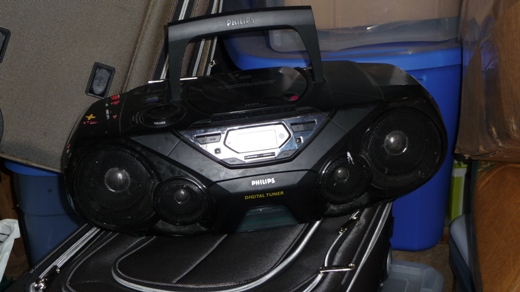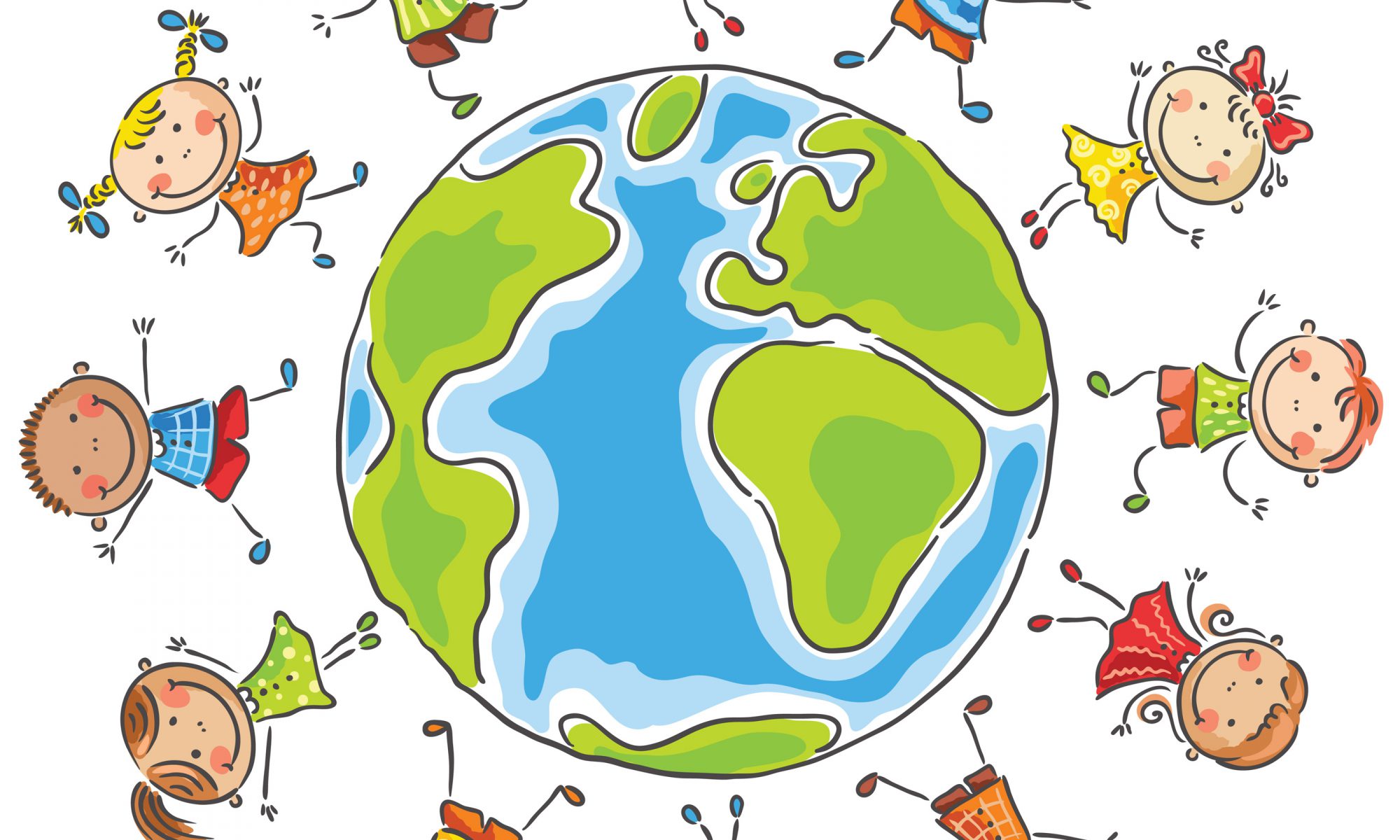The below article is from Miss Analiisa, of Studio3Music, the largest Kindermusik studio in the greater Seattle area. You can visit Studio3′s Web site here.
In our backyard, we have a shed. In it are the garden tools, the suitcases, the outdoor toys, a bag of Natalie’s outgrown clothes I’m saving for her cousin, and, I noticed, as I went to put a box of Playmobil away, the kids’ old portable CD player.
From the time we brought them home from the hospital, I played music at bedtime and naptime. Lullabies, classical music, Farmer Jason, and Kindermusik CDs. As they got older, we transitioned to books on CD (or books on tape on the Fisher Price tape recorder!) and then radio dramas. Of course, keeping their favorite music as well.
What I loved about that CD player was that I could take my children’s CDs and the player anywhere they had to stay overnight that wasn’t at home. I’d put in the CD and their new surroundings immediately got a little less unfamiliar and scary. They eased into slumber smoothly.
Transitioning from CDs to Music Downloads
My children are 13, 10 and 6 now, and belong to the generation that is transitioning from CDs to music downloads on iPods and iPads. They are making many of their own music choices, but they still love audio books and those radio dramas.
So, as I stared at this lonely, worn out CD player in my shed, I wondered what I would be doing if I had very young children now. I’m assuming that electronic devices require some sort of reading ability to be able to find the tracks you want. When they were pre-readers, my kids could visually find the CD they wanted and put in the player.
I’m really curious. Are you a parent with pre-readers?
What do you do for music players in your house?
Are today’s kids so electronically adept that they use the visual cues to find the tracks they want, without technically “reading” the titles?
Please, leave a comment and let us know.
-posted by Miss Analiisa, who is loves her iPad, but can’t believe that her
6 year old has filled it to capacity 3 times with her video productions.




